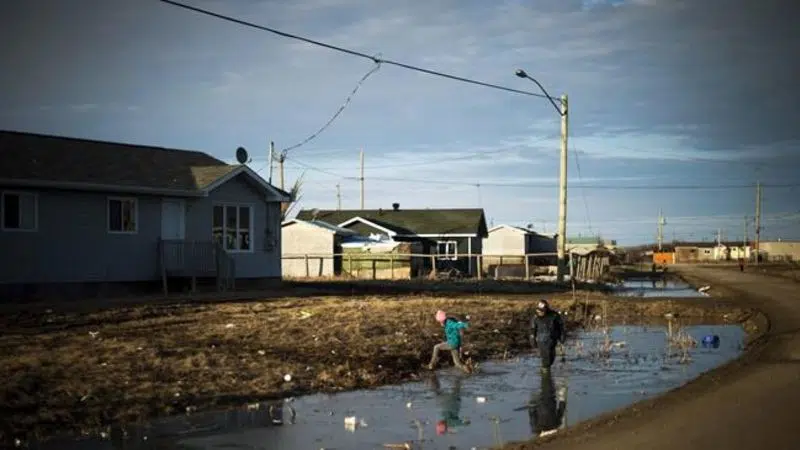
Half of Indigenous children live in poverty, study says
OTTAWA — Indigenous children face the highest rates of poverty in the country, with almost one in every two living in households with low incomes, says a new study that shows little improvement in the situation over the last decade.
The study published by the Upstream Institute, written by researchers at the Assembly of First Nations and the Canadian Centre for Policy Alternatives, finds that 47 per cent of First Nations children on- and off-reserve live in poverty.
That figure rises to 53 per cent when looking at First Nations children living on reserves — the highest rate of child poverty anywhere in Canada.
The on-reserve child-poverty rate is roughly three times the national rate of 17.6 per cent reported in the 2016 census.


